|
|
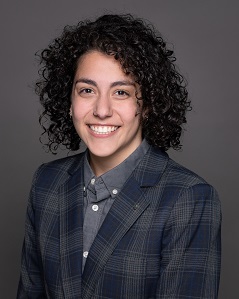 |
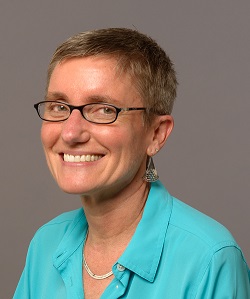 |
|
| Sally Kim, National Museum of the American Indian |
Margalit Schindler, Pearl Preservation |
Joelle Wickens, Ph.D., University of Delaware |
|
|
 |
 |
|
| Sally Kim, National Museum of the American Indian |
Margalit Schindler, Pearl Preservation |
Joelle Wickens, Ph.D., University of Delaware |
 |
Dr. Julia Heath Reynolds is part of the music faculty at Belmont University. The link to the recording of Dr. Heath Reynolds' webinar “Inclusivity with Intention" can be found under Webinar Recordings. |
Rehabilitation Act - Section 504
★ Rights
• Attend 504 Plan team meeting
• Receive a copy of the 504 Plan
• If you disagree with the 504 Plan:
- Express view at a meeting & suggest alternatives
- Refuse to sign the plan
- Contact your union rep if you believe the plan alters your terms and conditions of employment
 The link to the recording of Joahna Tupas' webinar “Encouraging Self-Awareness and Self-Confidence in Special Education Classrooms Through the Arts” can be found under Webinar Recordings.
The link to the recording of Joahna Tupas' webinar “Encouraging Self-Awareness and Self-Confidence in Special Education Classrooms Through the Arts” can be found under Webinar Recordings.
Resources for you
ASL Connect: https://www.gallaudet.edu/asl-connect/
The ASL App: https://theaslapp.com
ASL University: https://www.lifeprint.com
Resource List: https://asl.mit.edu/online-resources-asl
VL2 Storybook: https://vl2storybookapps.com/research
ASL Nook: https://aslnook.com
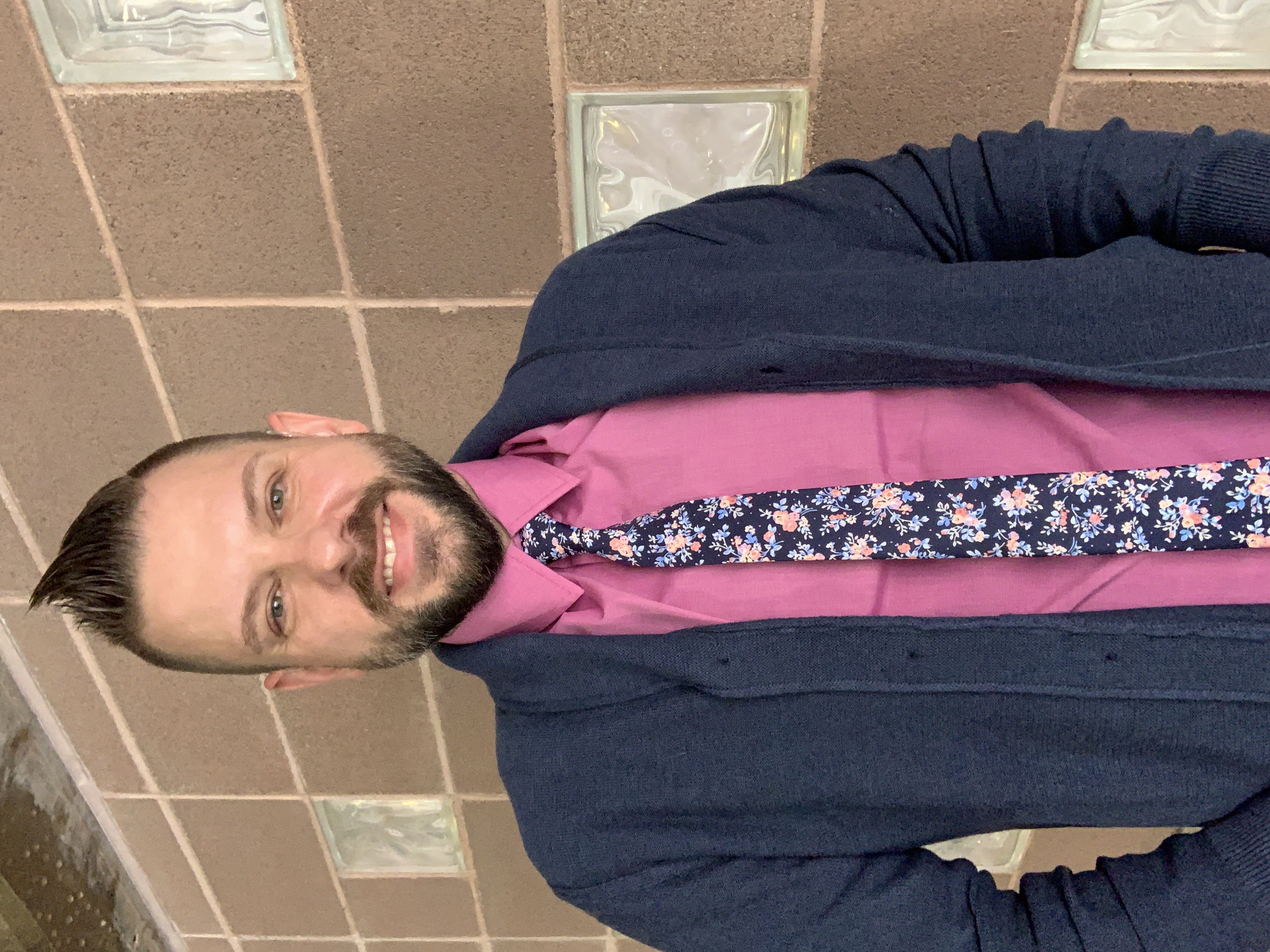
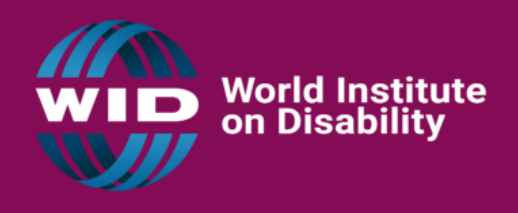 |
|
 |
Social Security Resources
Work Incentives Planning & Assistance (WIPA): Programs to provide free benefits counseling to people who receive SSI and/or SSDI beneficiaries to help you make informed choices about work. WIPAs provide information and referral services related to work incentives. Find your local WIPA at https://choosework.ssa.gov/findhelp/
 |
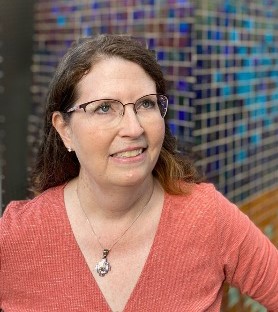 |
In their webinar, Andre Avila and Robin McCall of ComMotion - Community in Motion explain how to combine the power of technology, unique partnerships, and multidisciplinary arts to bring authentic voices of Latin America into your classroom through adaptive and inclusive movement programs. Students learn about the world while also exploring social and emotional learning competencies, including self-awareness, social awareness, and relationship skills.
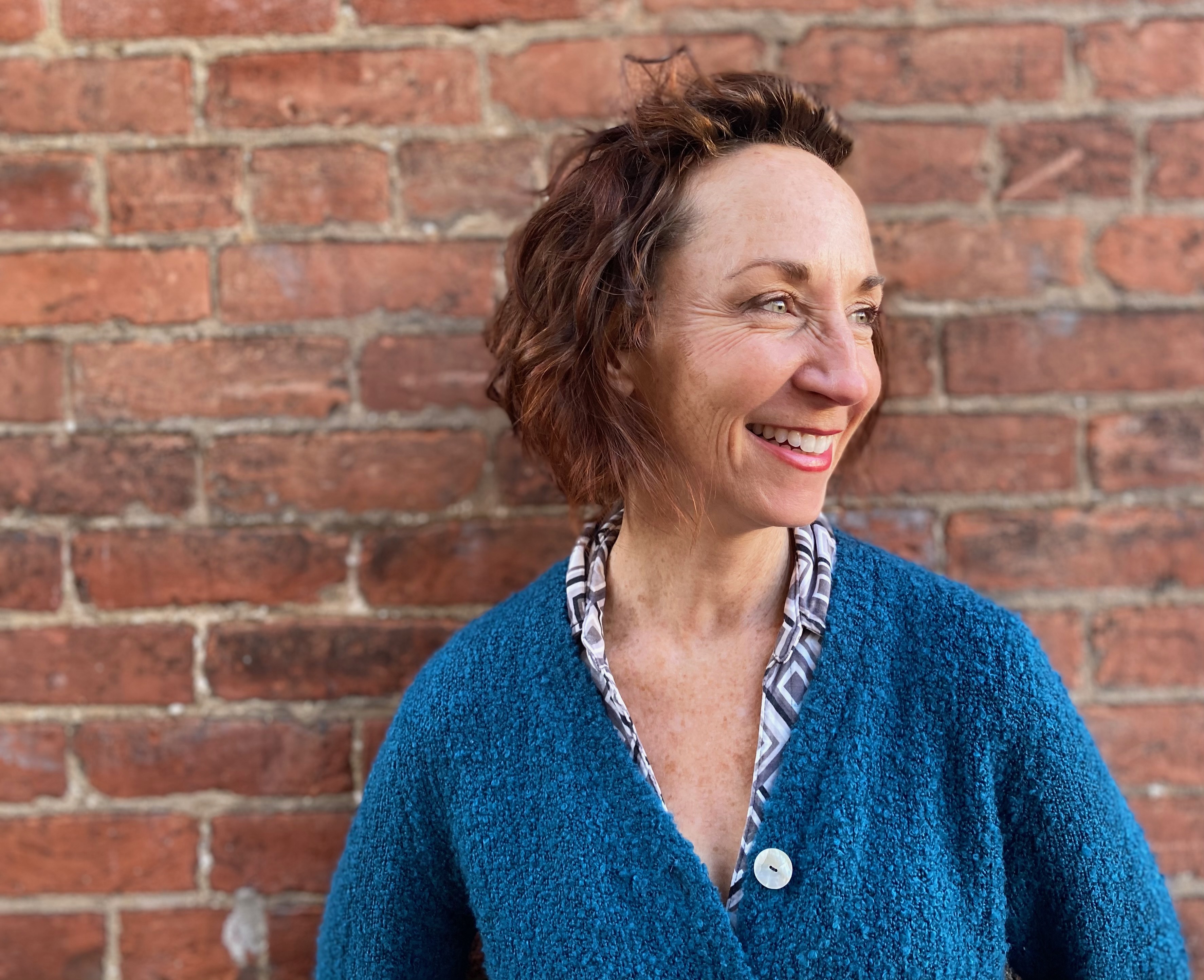 |
1. The physical and emotional benefits of dance are enjoyed by neurotypical and atypical students alike. Physically, as we strengthen our bodies and voices, we become more expressive and resilient overall. Emotionally, dancing helps us relax, refresh, and feel connected to our community.
2. To help students practice spontaneity and leadership skills, invite them to add their ideas to a dance. Start with a follow-the-leader approach and then ask for volunteers to contribute new movements. For example, demonstrate three circular movements and then ask, “What other circles can we make with our body?” Their answers form the building blocks of the dance.
Trauma and its effects on learning have significant impacts on the K-12 arts classroom, and these are often be compounded for students with disabilities. In their webinar "Addressing Student Trauma through Mindful Art Practices: Lessons from New Orleans," J. Celeste Kee and Renee Benson explore how mindful engagement in art making can allow students to release their trauma. Below are some of the practical tips shared in the webinar.
Big Ideas
Special Education Lawyer, Lawrence Lee Wentz, Esq., provides useful tips on ways to advocate for students with disabilities in public schools. The tips are based on his VSA Webinar, "An Overview of Special Education Rights in Public Schools" in which Wentz discussed current US federal laws that protect students' rights in the public school system, as well as how to effectively navigate legal nuances associated with those laws, and ways the legal landscape has changed as a result of COVID-19.
Right to Request an Independent Evaluation
Deborah A. Nelson provides practical tips and recommendations for engaging students with profound and compound disabilities in the arts in her VSA Webinar, “A First Step to Facilitate the Engagement of Individuals with Severe Disabilities in the Arts.” Here she highlights five takeaways from her presentation.
Providing access to all means including everyone. It’s a quality of life issue. If it seems like a person doesn’t react to the environment, try vibration. Vibrating toys, car seats, and pillows can all be used for cause and effect learning, which is a gateway to further learning.